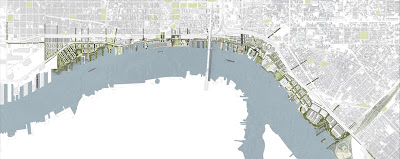Architecture, apartments, and a power plant … really?
 |
| All images courtesy of Fast Company |
I’m a big proponent of smart development. Call it green … sustainable … sensible.
And why not?
If you can build something that is eco-friendly, costs less to maintain, lasts longer, and can survive on its own (instead of being connected to the power grid), I’m sure most of you would be all for it; as I would be myself. The problem is, most of these kinds of projects cost more to build than traditional building styles.
In other words, upfront costs are typically higher.
Here’s what I find cool about this project:
1. It’s located in a great spot (on the ever-changing Delaware River Waterfront)
2. It has a unique design (probably more unique than anything Philadelphia currently has, or is proposed to have)
3. It has 2 important purposes (provide housing to Philadelphians, and establish a waste-to-energy trash incineration plant).
Here’s what I don’t find cool about this project:
1. No one has agreed to develop it yet (most likely, because it looks complicated)
2. Who knows how long it would take to build (again … because it looks complicated)
3. My guess is that it would be super-expensive, to construct and to live in (last time, I promise … because it looks complicated)
What I will say after reading about the project, and browsing through the well-done graphics, is that a project like this would attract global attention. Not because of the cool factor, or because of its proposed location, but because it is a forward-thinking concept for a large US city that will save energy, save money, and save the environment.
What are your thoughts?



